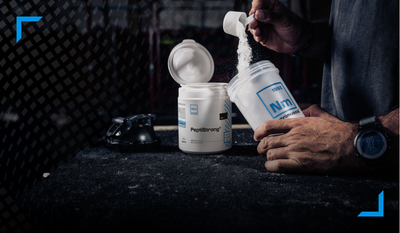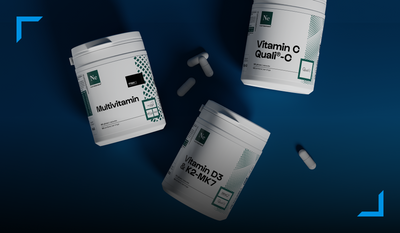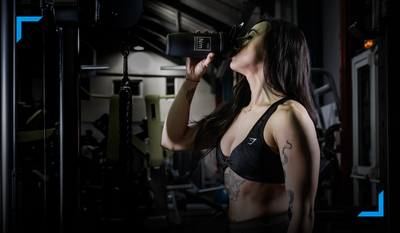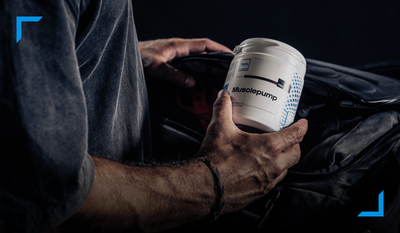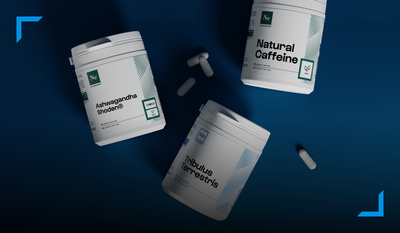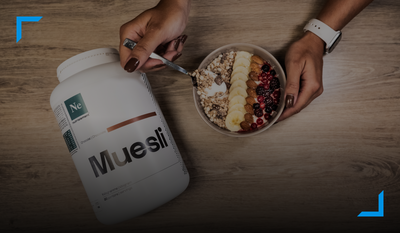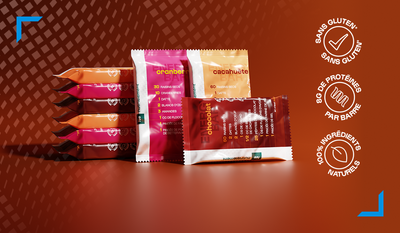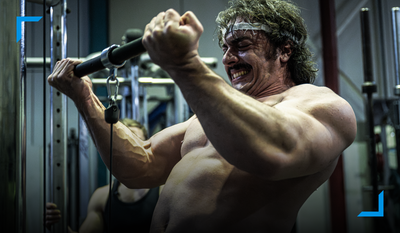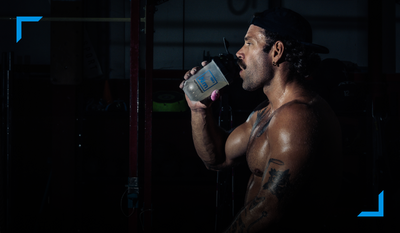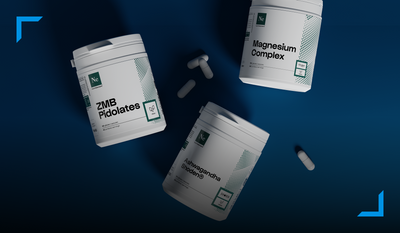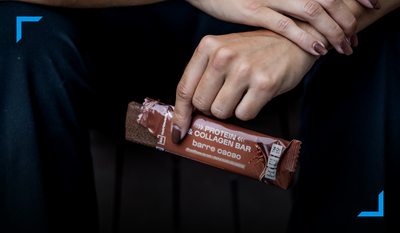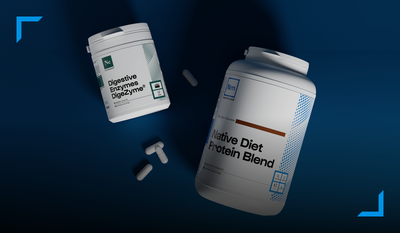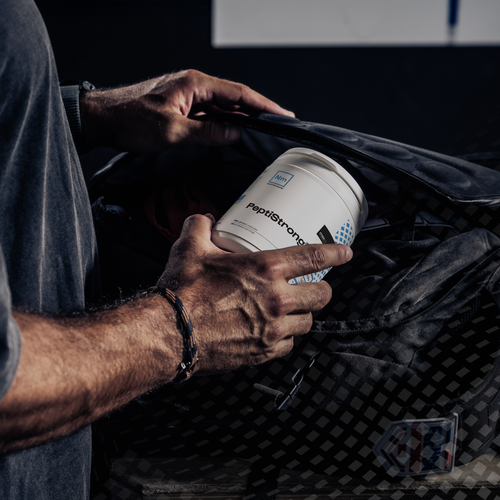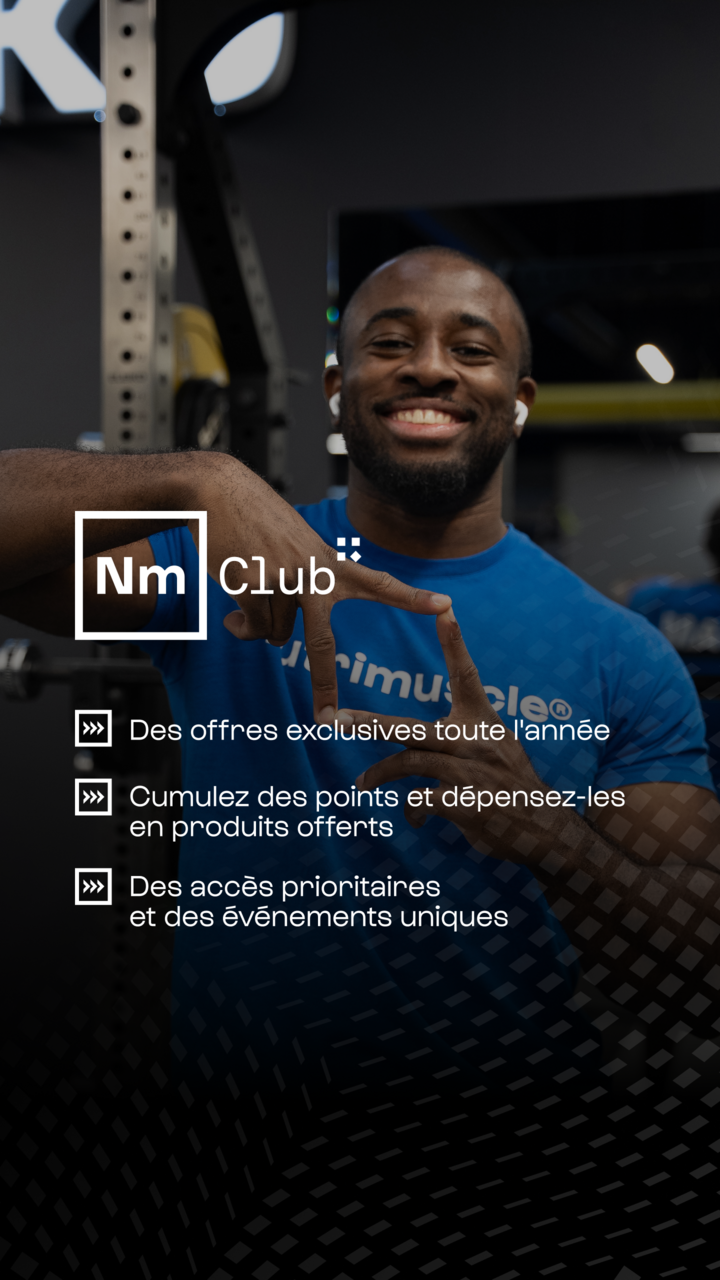0 commentaires
Have you ever heard of Milk & Eggs protein powder? Nutrimuscle accompanies you to present the history of protein powders as well as the first proteins for bodybuilders.
Although very popular...
Although very popular, Milk & Eggs protein powders (mixture of milk proteins with egg proteins) exist more on paper than in reality.
Indeed, egg proteins being more expensive and having a taste that goes poorly with milk proteins, Milk & Eggs proteins actually contain more than 90% milk proteins and at best, a low percentage of milk proteins. eggs. Suffice to say that it is more of a marketing slogan than a real synergy for building muscle.
Quick History of Protein Powder
While the history of protein powders is little known, two names are. In 1860, Henry Nestlé developed the first powdered milk protein for children. Since filtrations are not what they are today, this first protein corresponds to what is commonly called powdered milk. Rather than filtration, it was above all a question of evaporating the water from the milk to keep only the dry matter.
- In 1897, a famous recipe was born from a mixture of barley, whole eggs, milk and cocoa: Ovalmatine (which, after several marketing misunderstandings, would become Ovomaltine). Here too, it was a question of fighting against malnutrition, a vector of infant mortality, and not of feeding bodybuilders.
- During the two world wars, filtration techniques were modernized , because it was necessary to supply the troops with non-perishable and easily transportable foods: protein powder .
The first proteins for bodybuilders
Paradoxically, the first protein powders for bodybuilders did not come from milk or eggs. They come from soya , a very abundant raw material, significantly less expensive than animal proteins (yet of better quality).
It was not until the 1960s that the first milk proteins intended specifically for bodybuilders arrived.
Start of Milk & Eggs
It was not until the mid-1960s that Milk & Eggs appeared. Their objectives were to reproduce as faithfully as possible the aminogram of breast milk. Indeed, the latter is supposed to be optimal in terms of anabolism since it must make babies grow.
If the concept seems good, and certainly better than using soy, Milk & Eggs exists more on paper than in reality. Even if the formulas are kept secretly by the sellers of these products of the time, we can deduce the composition from the information provided on the labels.
Between reality and fiction
In Milk & Eggs protein advertisements, four main ingredients are highlighted. They were supposed to act synergistically to make muscles grow. But when you lift the marketing veil, the reality is different.
Milk & Eggs at the time contained calcium and sodium caseinate, egg (white + yolk), whey and lactose. At the time, the formula was revolutionary. This is also the protein that Arnold (and most of the champions of the time) used after his arrival in the United States.
No micellar casein in Milk & Eggs
If we compare the list of ingredients with the caloric content mentioned on the box, we can, by reverse engineering, deduce the formula used. At the time, there was no micellar casein, so the most high-tech form around was caseinates , which were less digestible and less well filtered. This explains the massive presence of lactose (25% of caloric content compared to 61% of proteins).
Since there was no technique to separate lactose from protein, bodybuilders were told that despite their massive bloating and record flatulence, lactose was a magic ingredient for anabolism, since babies use it to their growth. But the reality is that we didn't know how to eliminate this lactose, so we had to make do with it.
Original compositions
How to explain the presence, already at the time, of whey? Was it innovative? No, because whey was not at all fashionable and few bodybuilders must have known what it was. Its presence can only be explained, as for lactose, because of very imperfect filtrations. Even today, all caseins contain more or less significant traces of whey. There is no casein that is 100% casein, despite the marketing slogans. There is always a bit of whey in the caseins. There must have been even more at the time; not that this is a bad thing, quite the contrary, because whey enriches the mixture.
What about the percentage of egg protein versus that of casein? As they are whole eggs, therefore rich in both protein and fat, their presence can be deduced from the lipid content. As the Milk & Eggs only contained 2% fat, we can conclude that the protein is only very lightly sprinkled with a pinch of egg powder.
Milk & Eggs in summary
Morality, the Milk & Eggs was above all a Milk , the Eggs part being only a secondary figuration for marketing. This anecdotal presence for reasons of taste and cost is still true today.
Most Milk & Eggs contain only milk protein and very little egg . There is therefore no anabolic synergy at the aminogram level.
Nutrimuscle makes history (again)!
Having initiated the revolution of native proteins derived directly from milk more than 10 years ago, Nutrimuscle is still innovating by offering the only true Milk & Egg on the market .
The Nutrimuscle composition
Nutrimuscle offers a double innovation. The first is to successfully combine the milk-egg combination into a tasty mixture, with the 4 natural Nutrimuscle flavors (chocolate, vanilla, strawberry, banana).
The second is to achieve the optimal ratio of 50% milk protein and 50% egg white protein.
It was finally Nutrimuscle that created the only real Milk & Egg in history.
If your Milk & Eggs does not indicate the precise respective percentages of these two protein components, it is a safe bet that it is in fact only a milk protein containing traces of eggs in order to play the marketing map.
The mix of stars
From Marilyn Monroe to Arnold Schwarzenegger , everyone has praised the anabolic synergy of Milk & Egg. It was even well known that Arnold, then under contract with Weider, used another brand to be able to buy Milk & Eggs for his personal consumption.
As powder mixtures only existed on paper, bodybuilders and stars preferred, like Marilyn Monroe, to make their mixture by adding eggs to their milk to make a homemade mix.



